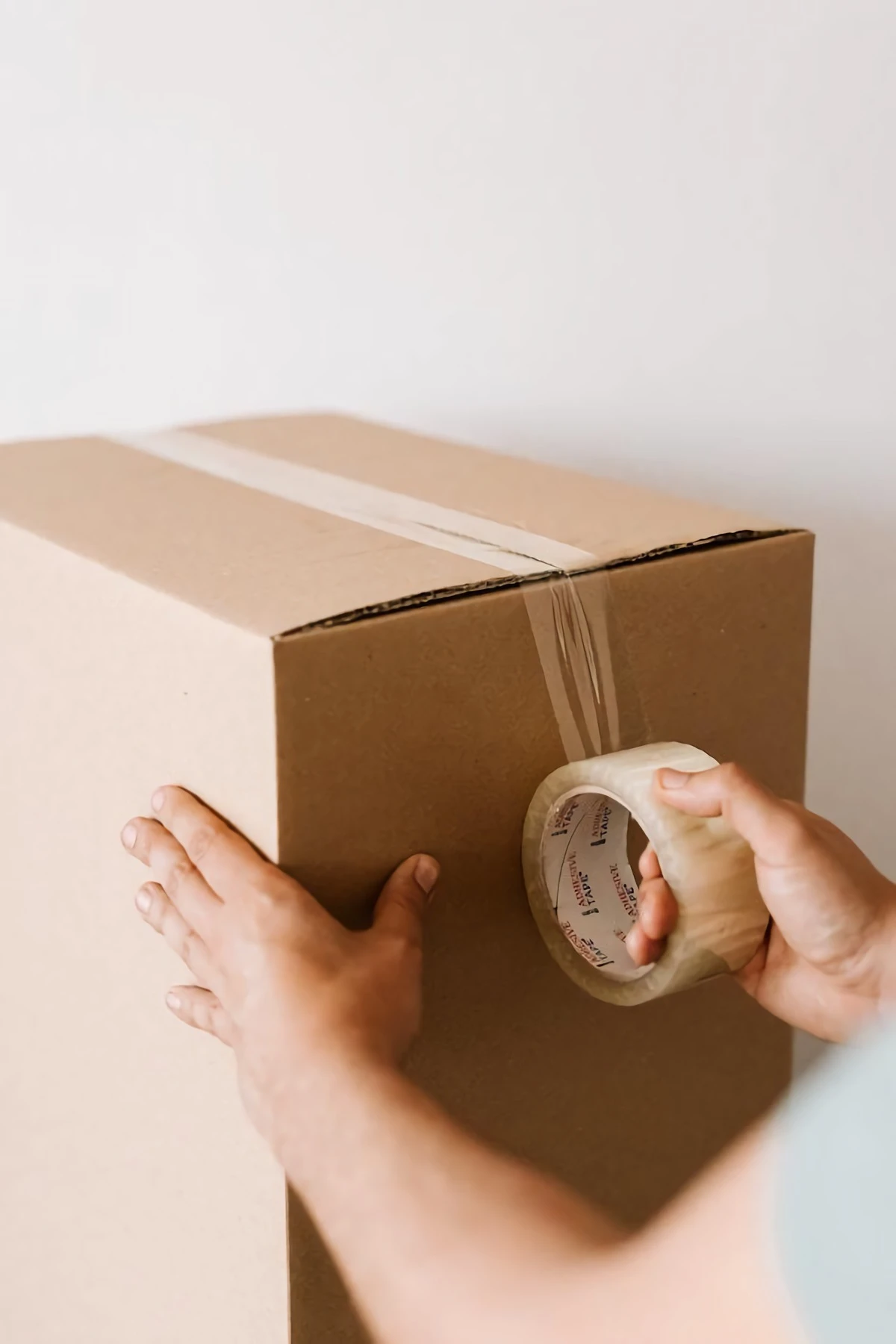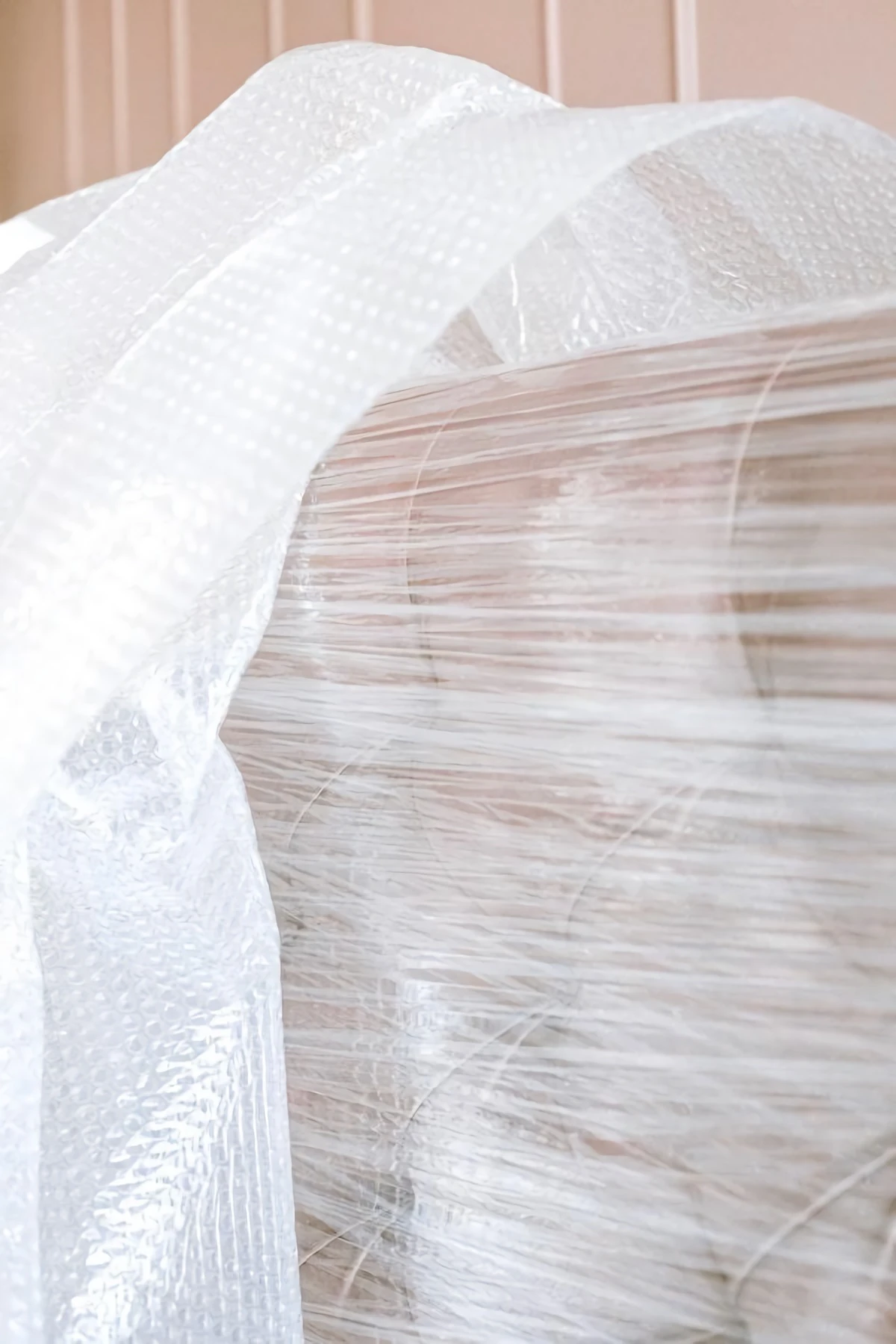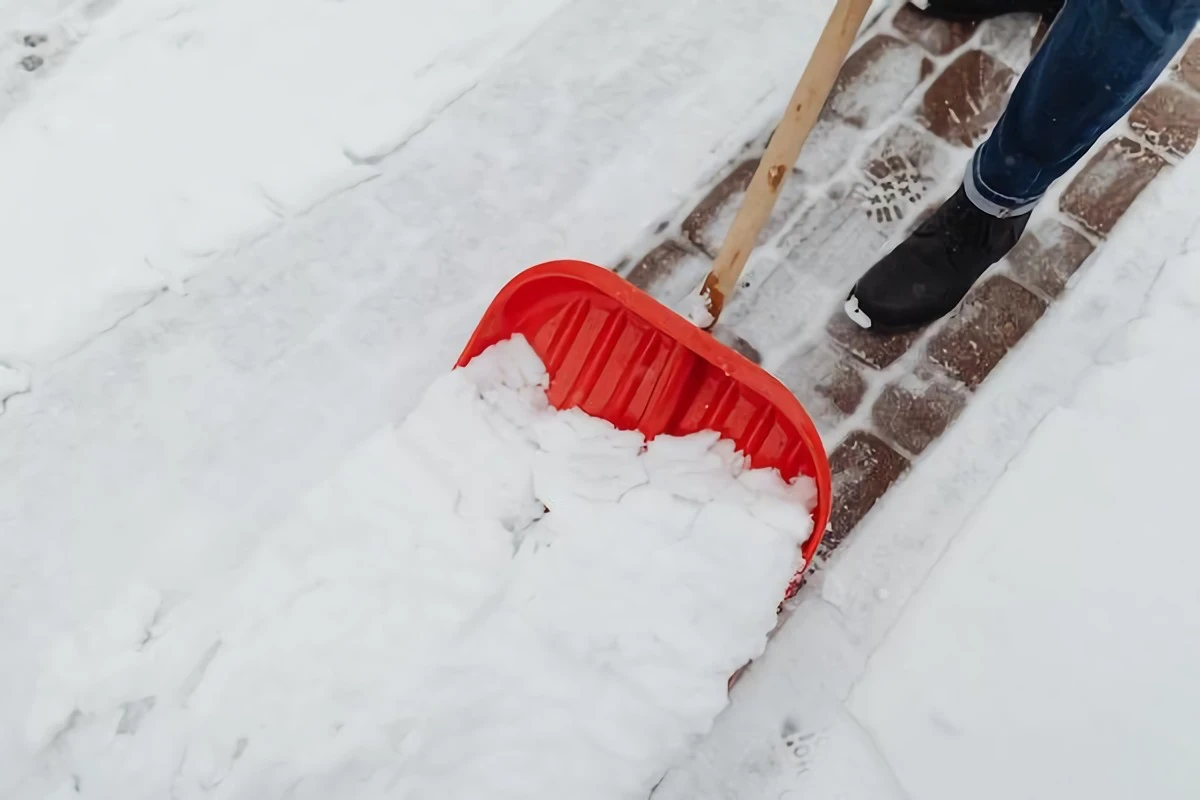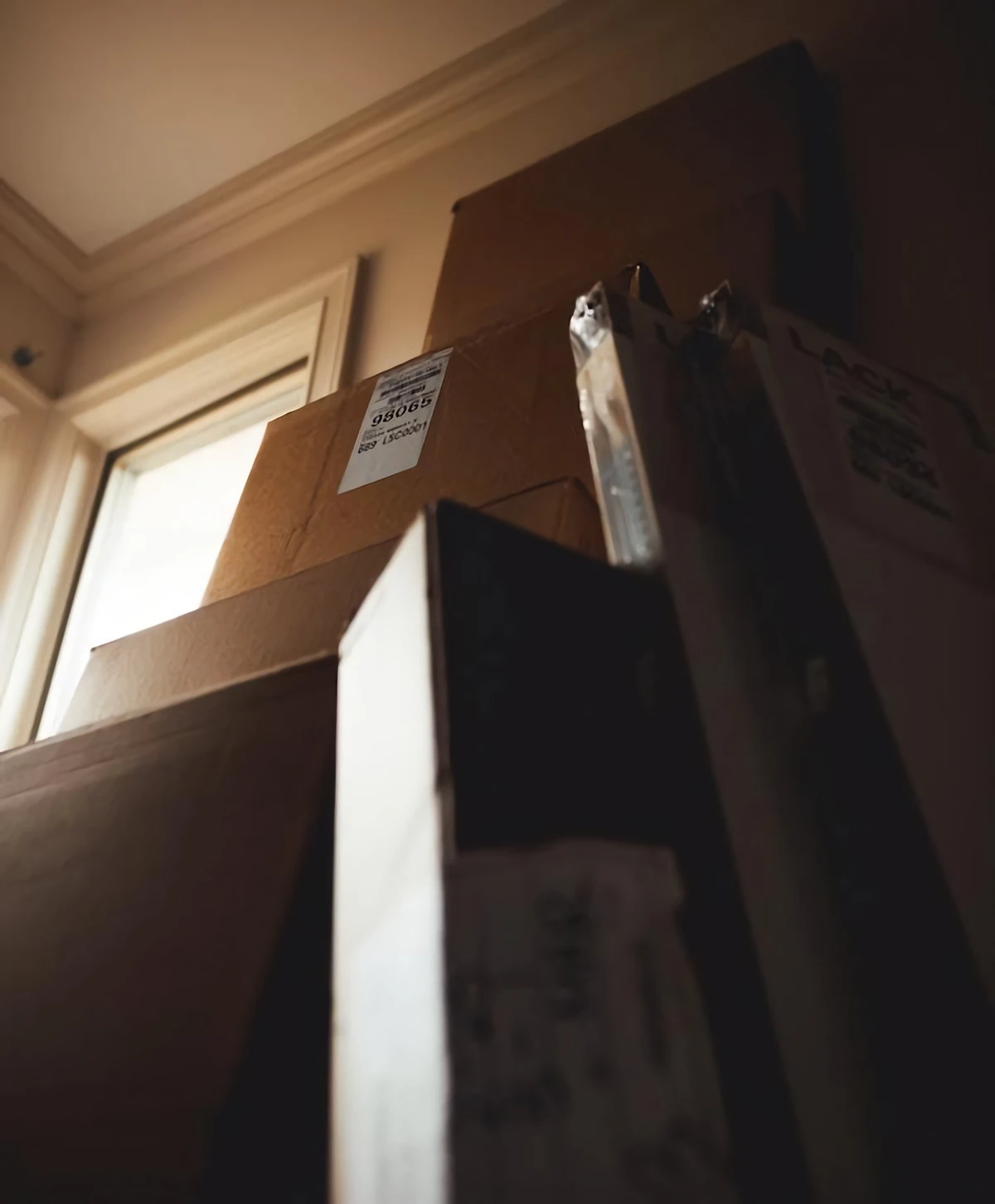Moving in the Winter – Tips and Advice for a Cold-Weather Move
Moving in the winter is often an unwelcome task, particularly when there are below-freezing temperatures involved. Not only can snow and ice make the process of packing, lifting, and loading more difficult – it also carries its own unique challenges for those who want to keep their items safe and secure during transport. Thankfully, with a little forethought and preparation, your cold-weather move can still be a success – no matter what Mother Nature throws your way.
Here are some helpful tips you should consider before taking on your winter relocation so that you’re prepared to tackle any issue that comes up along the way. With these ideas fresh in mind, let’s get started!
In this article
- Plan ahead and pack smart to avoid having to do multiple trips
- Protect your furniture with blankets and bubble wrap
- Keep your items warm and dry upon arrival
- Keep your hands warm by wearing gloves while packing and moving
- Make sure your driveway is clear of snow and ice before you move
- Use a sled or wagon to move heavy items instead of carrying them
- Make sure the inside of your home is heated before you start moving in
Plan ahead and pack smart to avoid having to do multiple trips
In this article
- Plan ahead and pack smart to avoid having to do multiple trips
- Protect your furniture with blankets and bubble wrap
- Keep your items warm and dry upon arrival
- Keep your hands warm by wearing gloves while packing and moving
- Make sure your driveway is clear of snow and ice before you move
- Use a sled or wagon to move heavy items instead of carrying them
- Make sure the inside of your home is heated before you start moving in
Planning ahead and packing efficiently for a cold-weather move is key to avoiding the pitfalls of having to make multiple trips. Taking the time to prioritize what must go first and organizing it in such a way that will help you save space when loading up the moving vehicle can save you hours of aggravation.
Heavy items like tables and couches should be loaded first, followed by medium-weight items like clothing and decorations, and lighter objects, like books and kitchenware, can go on top. To keep your things organized once packed, use color coding or drawers, so you can unload with ease at your destination.
You’ll also want to make sure you have a plan for transporting your vehicle to your new home if you have to drive a moving truck. According to reviews, Easy Auto Ship offers quality service at affordable pricing.
Taking the extra steps that come with planning ahead will ensure your cold-weather move is successful and efficient.
Protect your furniture with blankets and bubble wrap
Moving furniture can be especially difficult in cold weather, as the extreme temperatures can cause wood to expand and contract – making it more prone to cracking or splitting. To help protect your furniture from these temperature changes during transport, cover each piece with a heavy blanket or bubble wrap. This will also provide an extra layer of protection against dirt and debris, which can be unavoidable during a cold-weather move.
Additionally, try to keep your furniture upright during your trip and avoid placing it flat on the truck or car. This will reduce the risk of it falling over or shifting around while you’re on the road.
Keep your items warm and dry upon arrival
Once you’ve arrived at your destination, make sure to take some extra precautions to ensure your items are warm and dry. To start, unload your items as soon as possible after arrival, so they don’t sit in the cold. If you have to wait until the next day, make sure they are covered with a tarp and/or blankets to protect them from the elements.
Keep your hands warm by wearing gloves while packing and moving
When the temperatures dip, it’s important to take extra care of your hands while packing and moving. Wear a pair of thick gloves to keep warm, and take frequent breaks to get out of the cold. You should also make sure to stay hydrated during your move and take regular pauses to stretch and refuel.
Make sure your driveway is clear of snow and ice before you move
In the case of a winter move, it’s essential to make sure your driveway is clear of snow and ice before you start unloading the moving truck. If the driveway is still covered in snow and ice, it greatly increases the risk of slipping or falling while carrying heavy items.
Take some time to shovel away any excess snow and spread a layer of salt or sand on top of any icy patches. This will create a safe surface for you to walk on and make sure your items stay safe while they’re being unloaded.
Use a sled or wagon to move heavy items instead of carrying them
For larger items, such as furniture and appliances, it is often best to use a sled or wagon to move them from the truck to your home. This will help you avoid any potential back or shoulder injuries that come with carrying heavy objects in cold weather. Make sure the sled is wide enough to fit the item, and use a tarp or blankets to cover the top so that it stays safe and secure.
Make sure the inside of your home is heated before you start moving in
Before you start moving items into your new home, make sure the inside of your house is warm enough. This will prevent any items from freezing or becoming damaged due to extreme temperatures. It will also provide a welcoming atmosphere for you and your family as soon as you move in.
If you’re moving into an old house, it’s also a good idea to have your heating system checked by a professional. This will ensure it is running efficiently and won’t cause any further issues while you’re settling in.
With these tips in mind, you can be sure that your cold-weather move will go as smoothly and safely as possible. Being prepared for any obstacles Mother Nature throws at you will ensure that your winter relocation is a success. Good luck!



















